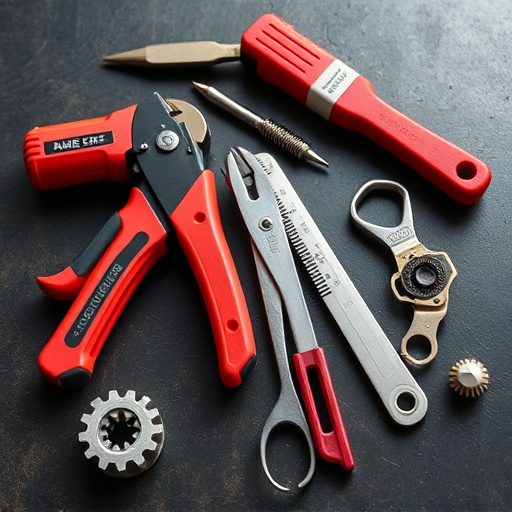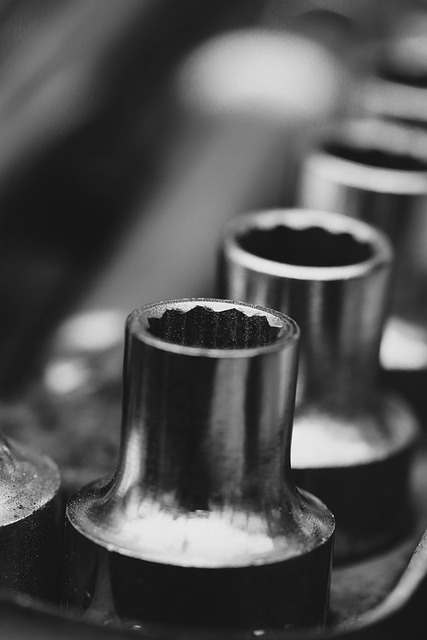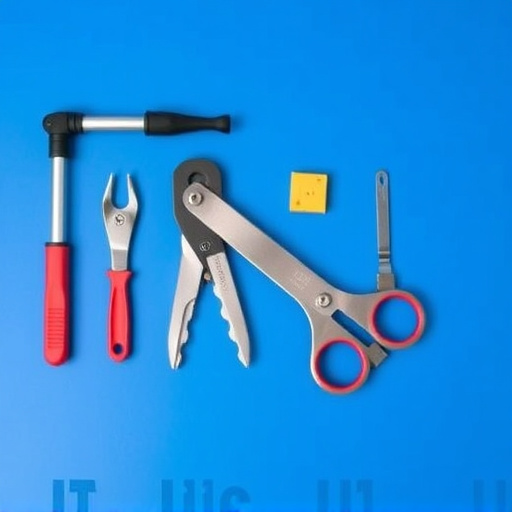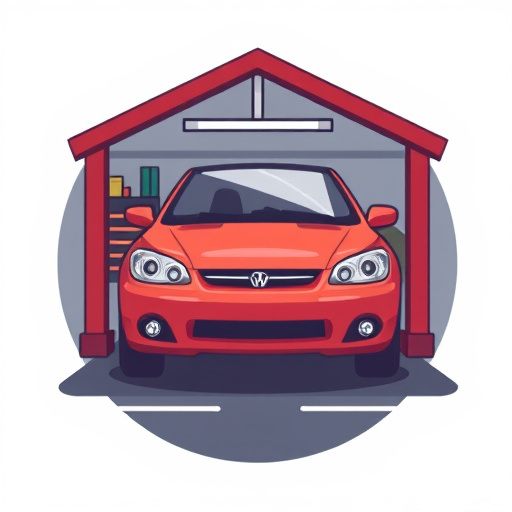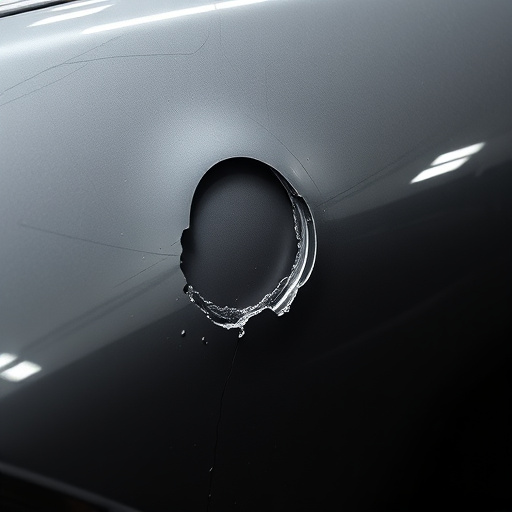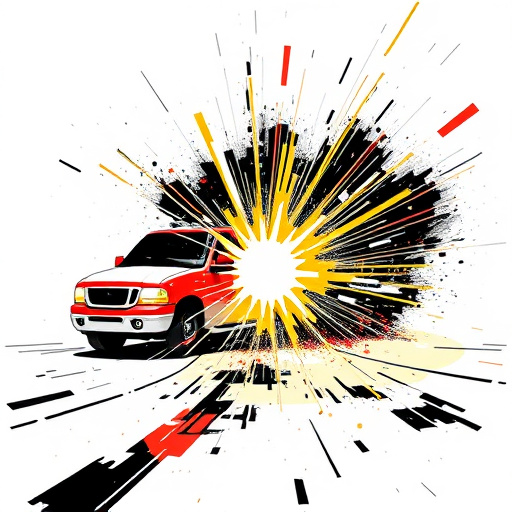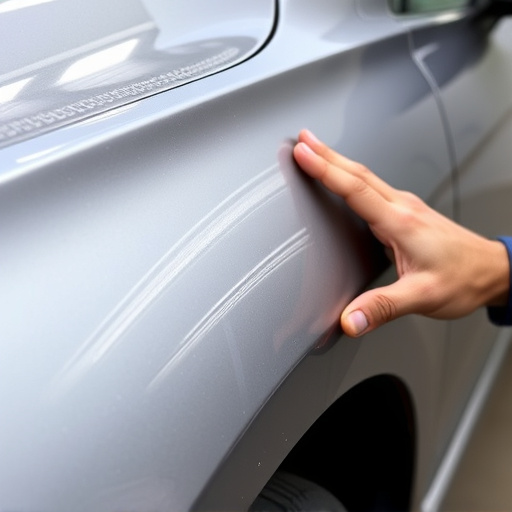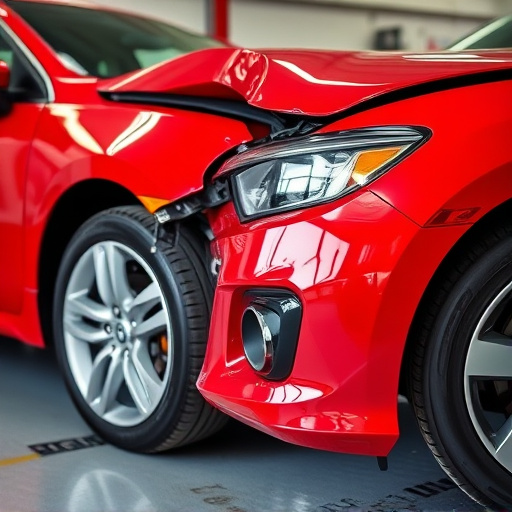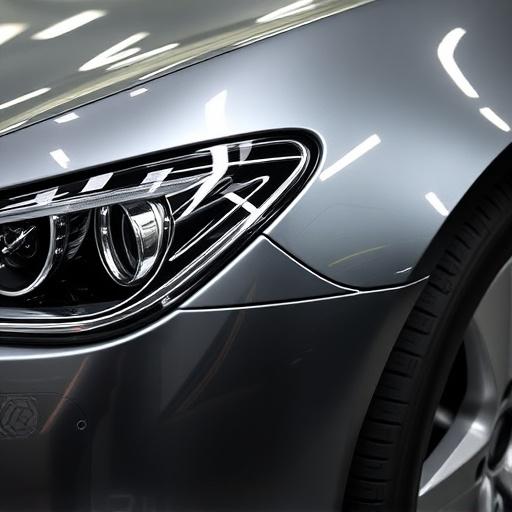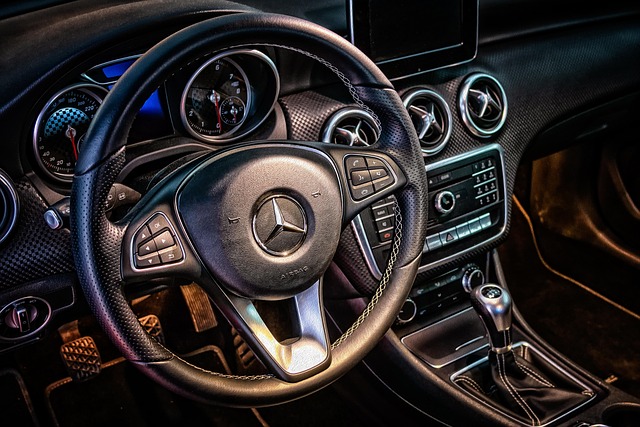Modern repair equipment has revolutionized automotive maintenance and safety. With advanced technologies like CAD systems, laser measurements, robotic welding, and innovative paint techniques, repairs are faster, more accurate, and structurally sounder than ever before. This evolution mirrors the progress of vehicles themselves, from early rudimentary methods to today's sophisticated models, ensuring optimal vehicle performance and passenger protection.
Modern repair equipment has revolutionized automotive maintenance, significantly enhancing vehicle safety. Over time, the evolution of repair technology has transformed how we address vehicle issues, from simple adjustments to complex repairs. This article explores the profound impact of modern repair tools and techniques on overall vehicle safety. We delve into historical advancements, highlight cutting-edge technologies, and peek into future trends that promise even smarter and safer automotive care.
- The Evolution of Repair Technology and Its Impact on Safety
- – A brief history of automotive repair equipment
- – Advancements in modern repair tools and their benefits
The Evolution of Repair Technology and Its Impact on Safety

The evolution of repair technology has come a long way, transforming the landscape of automotive maintenance and safety. Modern repair equipment is a testament to this advancement, offering unprecedented precision and efficiency in addressing vehicle damage. Unlike traditional methods that could be time-consuming and often imprecise, contemporary tools are designed with cutting-edge technology, ensuring faster and more accurate repairs. This evolution has significantly impacted road safety by reducing the chances of human error during the repair process.
For instance, advanced dent removal equipment can now meticulously extract dents without leaving behind unsightly marks or compromising structural integrity. Similarly, car collision repair techniques have witnessed a revolution with the introduction of specialized machinery that realigns damaged components to their pre-collision state, enhancing both structural stability and safety features. These technological breakthroughs in auto repair shops not only expedite service but also uphold the highest standards of safety for drivers on the road.
– A brief history of automotive repair equipment

The evolution of automotive repair equipment traces back to the early days of the automobile itself. In the beginning, repairs were often rudimentary, with mechanics using simple tools and their bare hands to fix cars. As vehicles became more complex, so did the need for specialized tools. The 20th century saw the emergence of dedicated auto body shops equipped with heavy-duty machinery like welding torches, impact wrenches, and frame racks, revolutionizing how car bodywork services were performed. These advancements laid the groundwork for modern repair equipment, which has since become an indispensable part of the automotive industry.
Today’s modern repair equipment is a far cry from its predecessors, offering unprecedented precision and efficiency in auto collision repair and auto body services. Advanced technologies like computer-aided design (CAD) systems, laser measurements, and robotic welding have transformed the way mechanics work on vehicles. These innovations not only speed up repairs but also enhance accuracy, ensuring that every component is restored to its optimal condition. With such sophisticated tools at their disposal, automotive professionals can now tackle even the most intricate of tasks, contributing significantly to improved vehicle safety across the board.
– Advancements in modern repair tools and their benefits
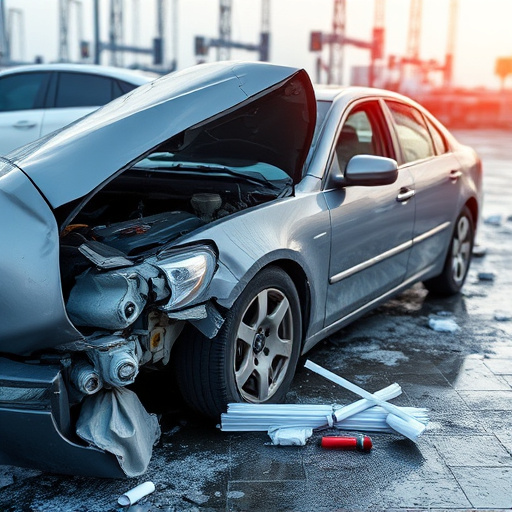
Modern repair equipment has revolutionized the way vehicle safety is addressed, offering numerous benefits that significantly enhance the overall quality and effectiveness of repairs. These advancements are driven by a relentless pursuit of precision, efficiency, and sustainability. Tools like robotic welding systems, computer-aided design (CAD) software, and advanced paint technology have not only streamlined auto body restoration but also improved structural integrity and cosmetic results.
For instance, modern repair equipment facilitates precise alignment of vehicle bodywork, ensuring that repairs match the original specifications. This level of accuracy is crucial in maintaining the safety features integrated into contemporary vehicles. Additionally, innovations in auto painting systems, such as electrostatic painting and automated coating applications, not only speed up the repainting process but also enhance durability and color consistency, contributing to longer-lasting vehicle bodywork.
Modern repair equipment has significantly enhanced vehicle safety, building upon centuries of technological evolution. From manual tools to today’s advanced, specialized machinery, these innovations have not only streamlined repairs but also improved outcomes. By providing precision, efficiency, and access to previously hard-to-reach areas, modern repair equipment ensures that vehicles are restored to their optimal safety standards, benefiting both drivers and road users alike.
